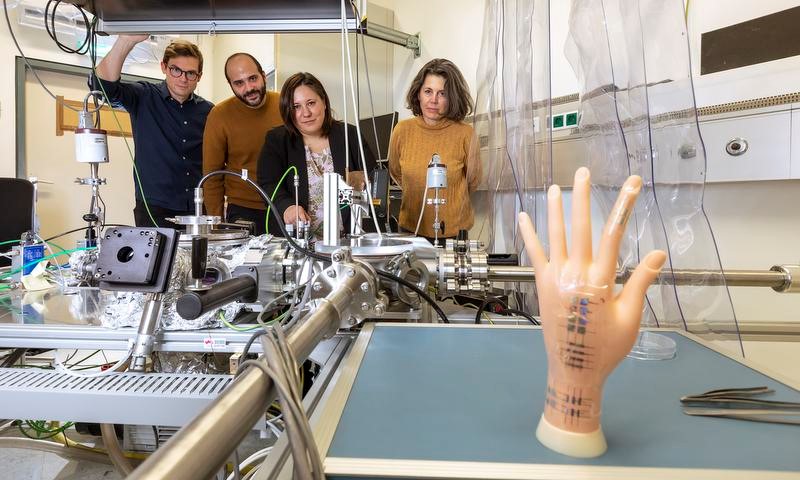Free Courses Sale ends Soon, Get It Now


Free Courses Sale ends Soon, Get It Now



Disclaimer: Copyright infringement not intended.
Context
Details
Top of FormSmartCore
Materials and Technology
Environmental Considerations
Applications and Future Prospects
Challenges and Timeline
Introduction to Artificial Skin
Materials and Components:
Sensory Capabilities:
Biomimicry and Biocompatibility:
Manufacturing Techniques:
Conclusion
As this field continues to evolve, the potential applications in healthcare, robotics, and human-machine interactions are vast.
|
PRACTICE QUESTION Q. The quest for advancing artificial skin technology offers a glimpse into a future where man-made materials seamlessly integrate with the complexities of the human body. Discuss. (250 Words) |
© 2024 iasgyan. All right reserved